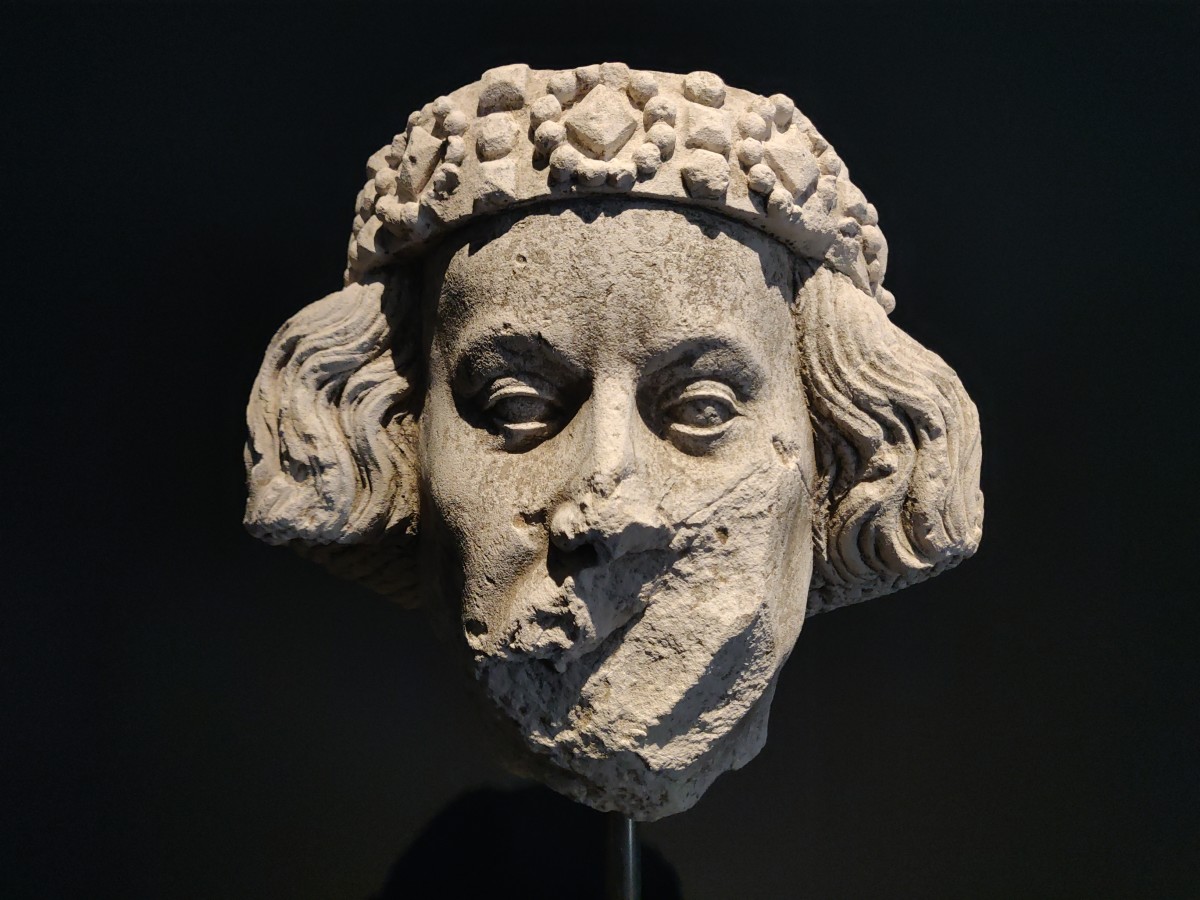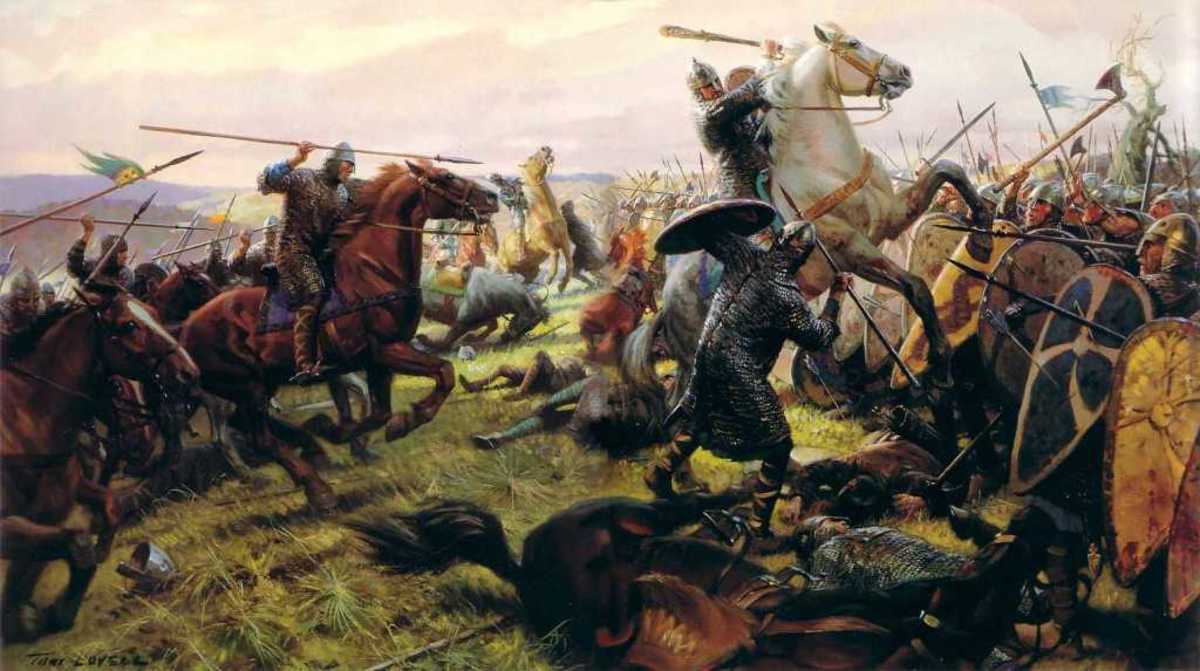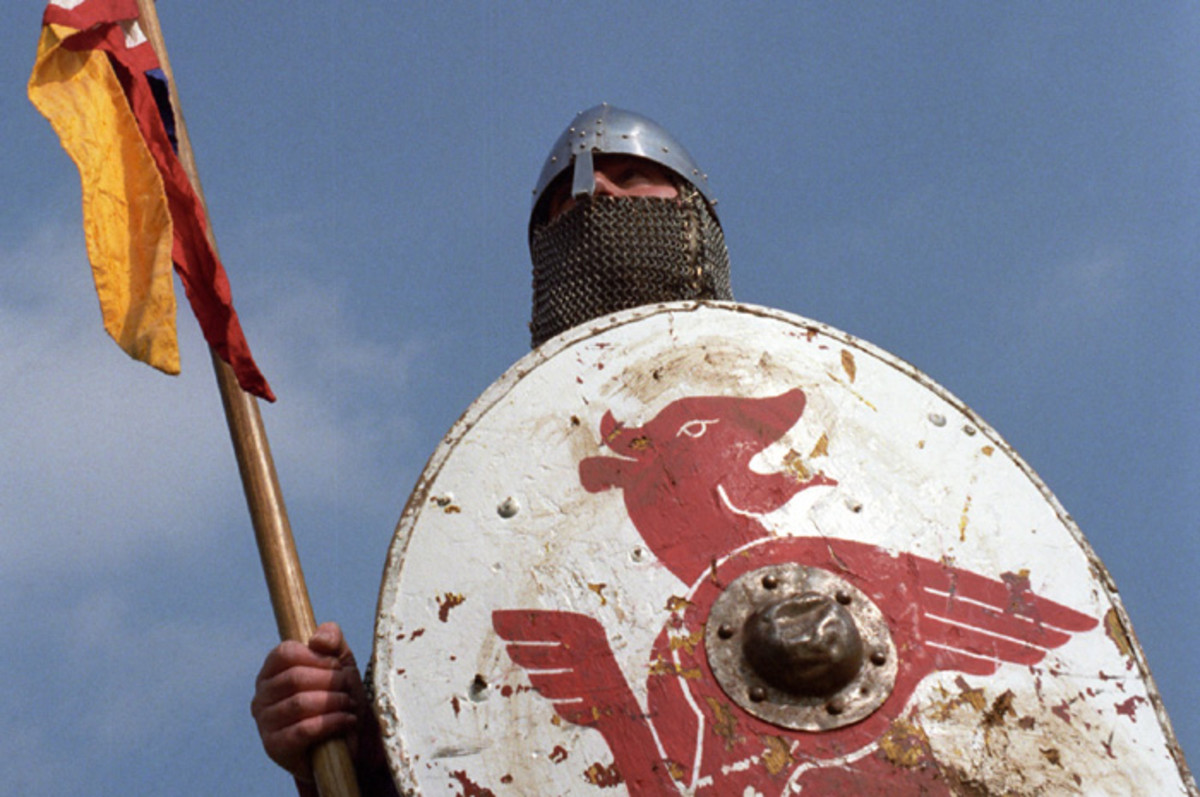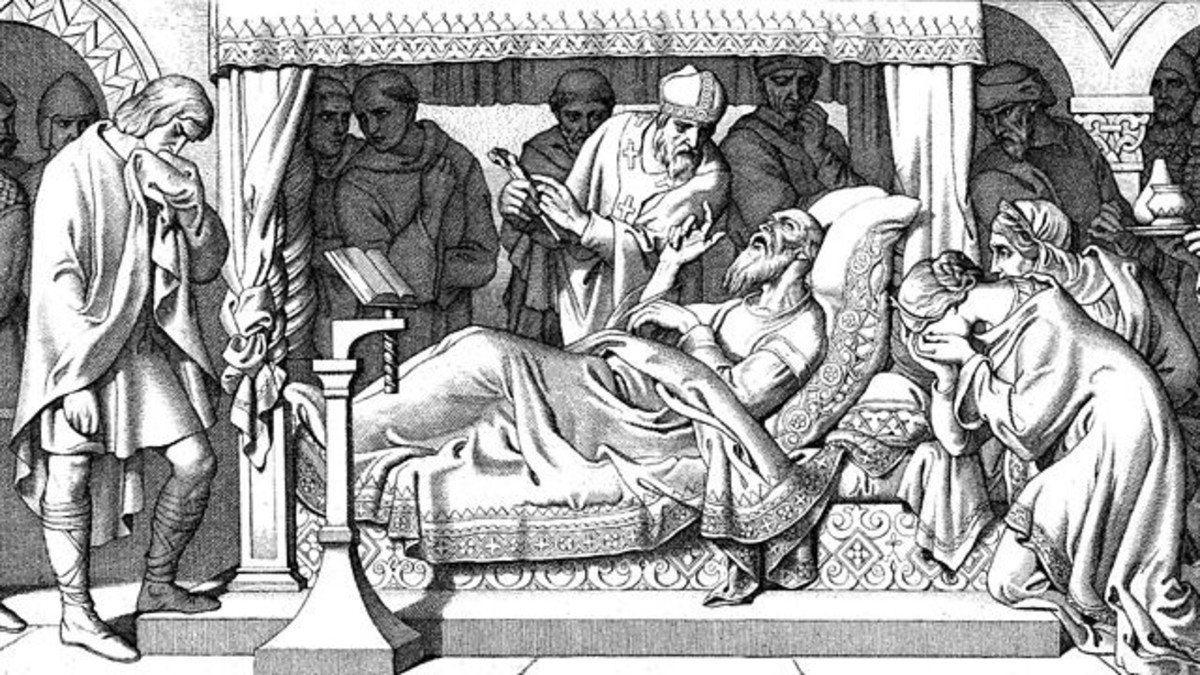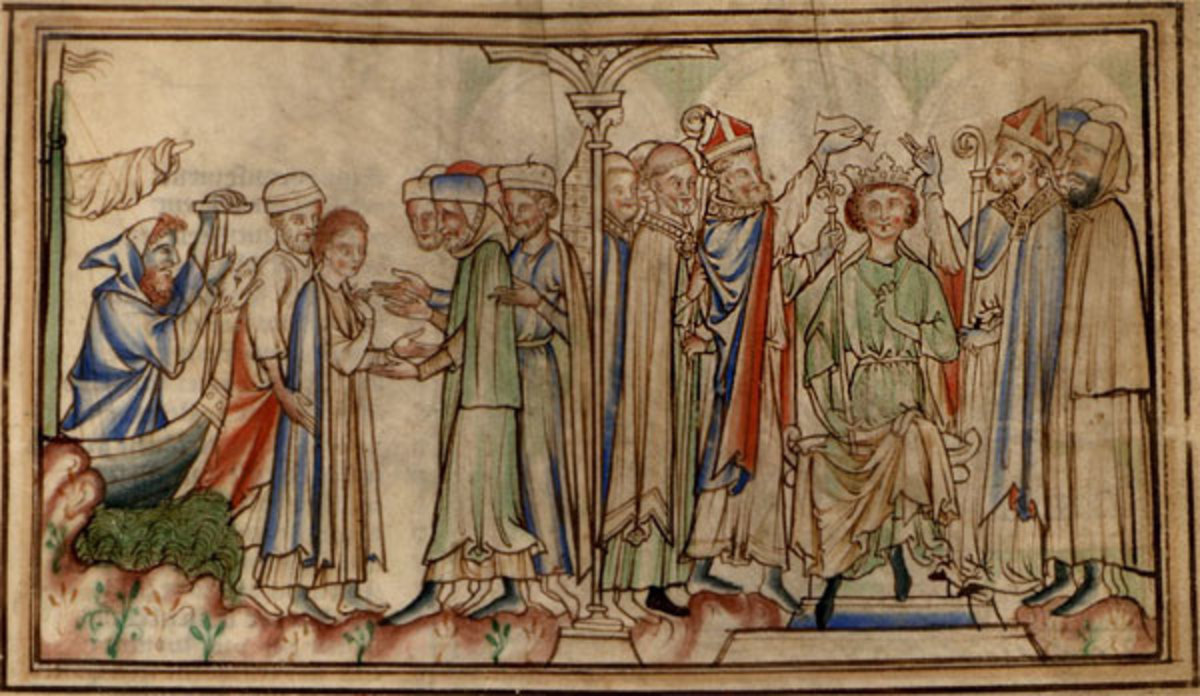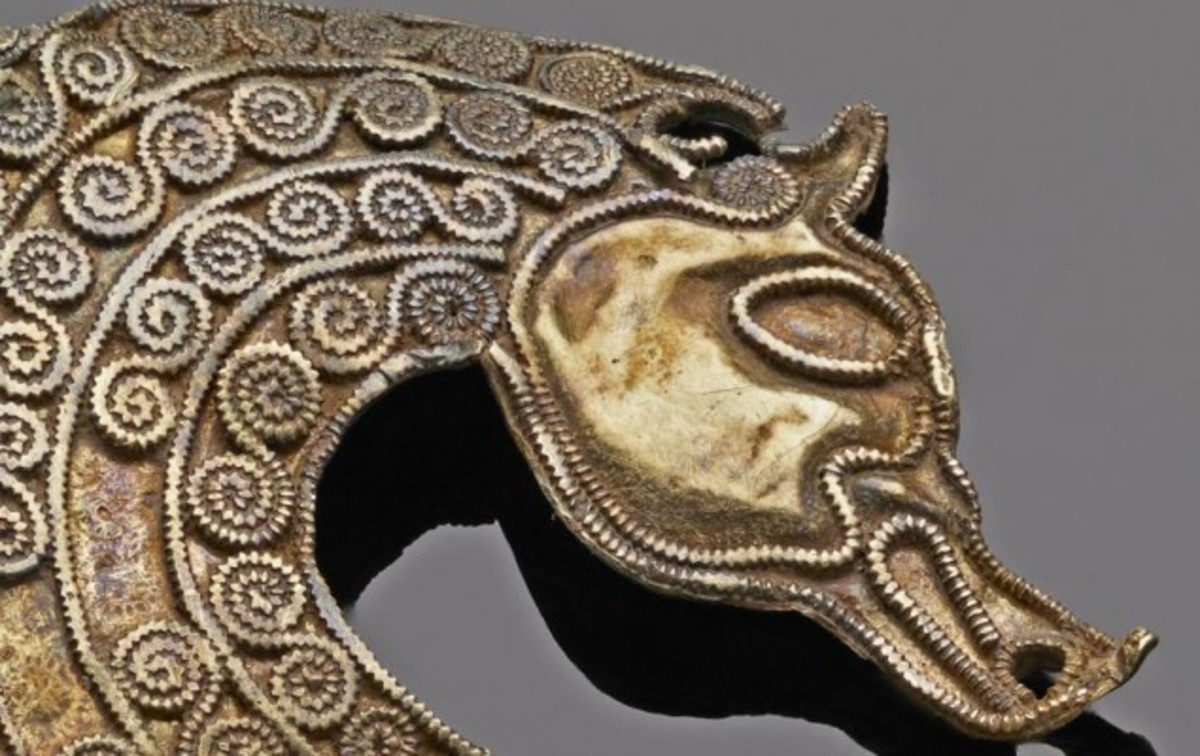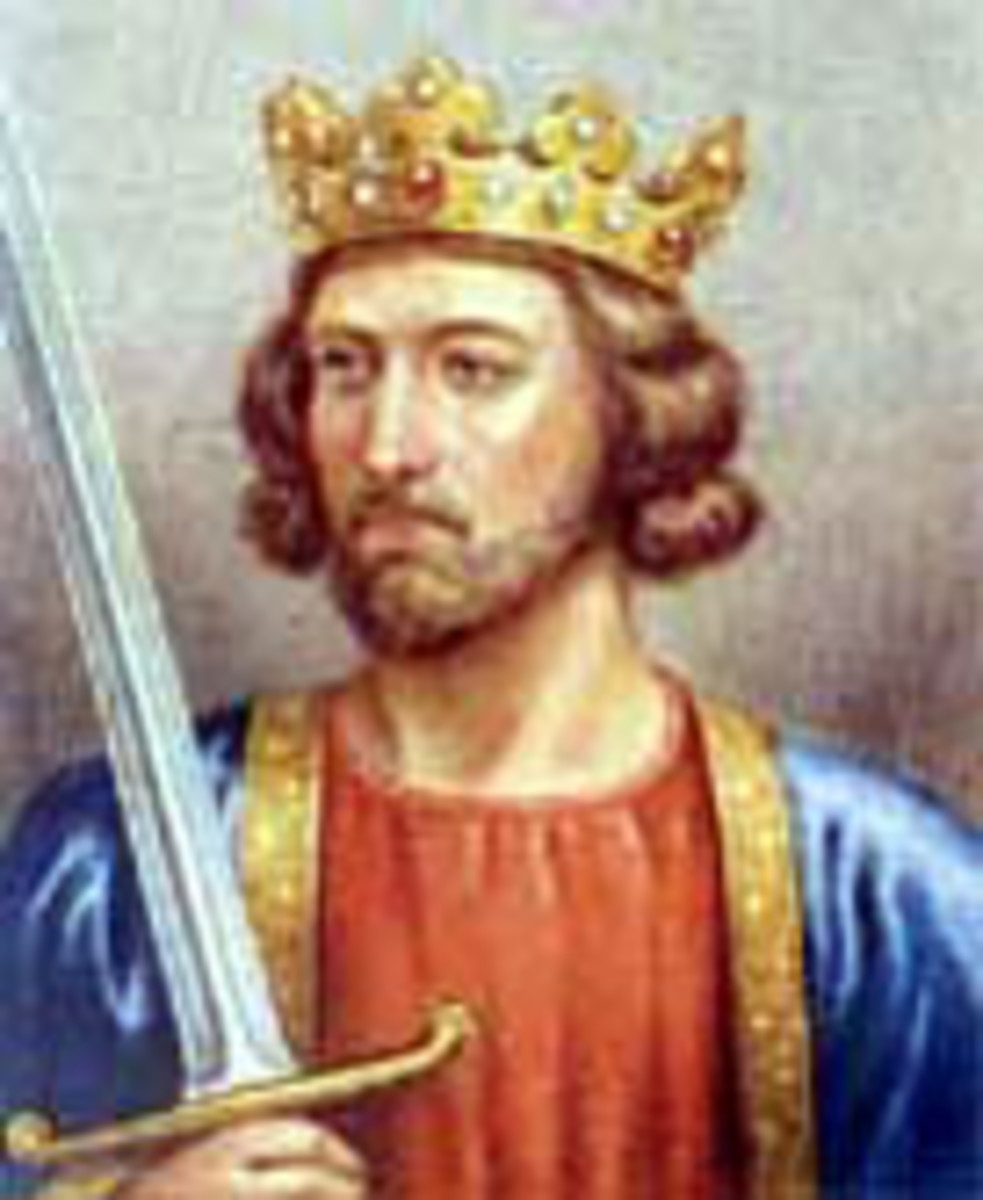- HubPages»
- Education and Science»
- History & Archaeology»
- History of Europe
Conquest - 21: The New Order - Marcher Earls De Montgomerie and De Avranches, Norman Expansion Into Wales
Expansion and Defence In The West
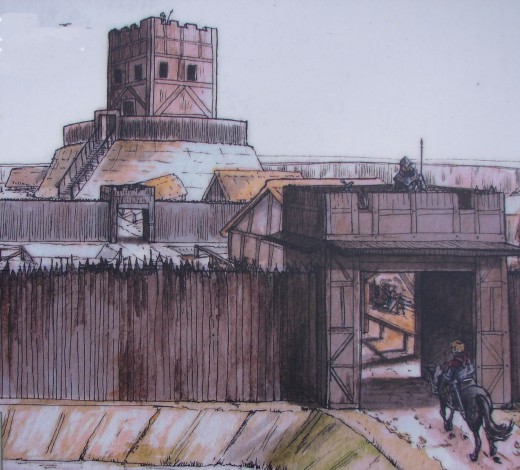
Hrothgar (Roger) de Montgomerie, Earl of Shrewsbury and Arundel...
(birth year unknown, died around AD1093) was a close contemporary of William fitzRobert (the Conqueror). He was a close kinsman and companion in war since around the siege of Domfort in AD1048. Marrying into the Belleme family made him one of the richest Norman lords, holding castles and lands along the southern edge of Normandy as well as his own family lands at the heart of the duchy. As a leading vassal, de Montgomerie advised his duke on invasion plans at Lillebonne and is one of few men praised for his bravery on Caldbec Hill (Battle, Hastings).
Duke William showed his trust in de Montgomerie by making him Earl of Shrewsbury around AD1071, where he was to hold down the Welsh. He had the city's castle to build along with others, including one at Montgomery in southern Shropshire (the present one dates from the time of Henry III). The fortifications were both to secure the border with Wales and to provide a basis for inroads into Welsh lands, Roger's son Hugh leading raids to Ceredigion and Dyfed. Such were Roger's responsibilities that he was made earl twice over - he also had Arundel Castle built (in Sussex) as part of the defences of the interior immediately behind the south coast.
His wife Mabel (Maibelle?) was killed during a feud in Normandy and he re-married, to Adeliza de Puiset, founding Shrewsbury Abbey with her and bringing monks from Sees to occupy it. He also revived the monastery of Saint Milburga at Much Wenlock, setting up additionally a collegiate church at Quatford in Shropshire. His piety was matched by his sense of place and at Arundel he sponsored a priory dedicated to the Normans' favoured saint, Nicholas.
De Montgomerie was the archetypal lord of the post-Conquest era with power across the kingdom and the Channel, although with the adoption of local saints he was trying to establish his credentials as an 'Englishman'. He nevertheless remained proud of his Norman background, although content to be buried in Ad1093 at Shrewsbury Abbey between the two altars rather than his remains being translated back to Normandy.
Hugh de Avranches was Earl of Chester until his death in AD1101. Nothing is known of his birthdate, either. He was of Danish stock in Western Normandy, his grandfather Thurstan 'Goz' having rebelled against the young duke's rule before the region was brought under ducal control in the 1050's. Hugh's father Ricard (Richard) de Avranches made his peace with William and Hugh took the County of Avranches at the western end of the Cotentin Peninsula on his father's death. He received Duke William's thanks for his loyalty in the form of twenty counties in England after the coronation. The Fleming Gerbod had originally been made responsible for Chester but when he returned to Flanders Hugh was awarded the lands in his stead, and an earldom with it.
By this gift William recognised Hugh's skills as a warrior, and for his unbounded energy in facing down the Welsh under Bleddyn and his younger brother Rhiwallon. With the aid of his younger brother Rodberht (Robert), Hugh made inroads on Bleddyn's territory along the north Welsh coast as far as Anglesey. These lands were lost again, however, in AD1093 when Hugh was in Normandy supporting William 'Rufus' in ongoing disputes between the Conqueror's sons. On returning he took back the lands and chastised the Welsh by harrying much in the way William I dealt with the north and west midlands (and in the way Earl Harold had done with his brother Tostig in AD1063). A castle was built at Aberlleniog on Anglesey.
In AD1098 the Norse king Magnus 'Barelegs' raided the island and roundly defeated the Normans, takng them wholly off-guard. Nevertheless Hugh was a successful 'Marcher Earl', caricatured by Orderic Vitalis as a man of gross appetites - both sexually and at table. He became so fat in old age he was barely able to walk. Orderic contrasted Hugh with Roger of Shrewsbury, whose noble bearing encouraged the patriotism of the men of Shropshire. Hugh was known as 'Lupus', the wolf, for his severity against the Welsh, although for all his martial brutality he was genuinely pious. When he replaced the canons of Saint Werburgas Abbey with monks from Bec he asked Archbishop Anselm to consecrate his new church - the present cathedral. The unlikely pairing of these two may have led to jokes, comparing them to 'the wolf and the lamb'. Hugh finally succumbed to his excesses in AD1101.
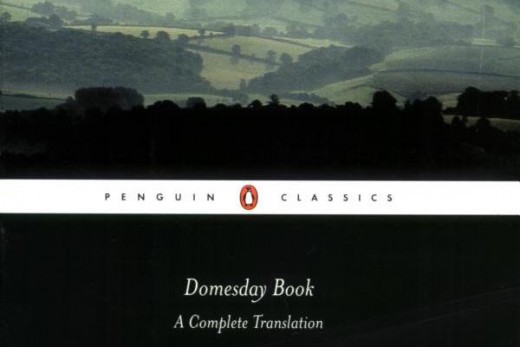
'Domesday' Book, Penguin Classic
Domesday is the modern version of the old Norman French 'Demesde', the holdings held in fiefdom from William by his barons, earls and church men. Some see the work by cleric scribes as a means of estimating the taxes he was due against the taxes received. Others see it as a political means, to see exactly who held what and where in order to ensure his barons had no means of amassing support against him (as had happened in Normandy). The trigger for gathering the data was the information Knut II 'the Holy' of Denmark had plans for an invasion and William was already overstretched with his finances. He lived just long enough to see the results in two volumes, 'Domesday' and 'Exon Domesday'. Lands north of the Tees were never covered (those who tried disappeared or were chased back south).
The English subdued, it was the turn of the Welsh to feel the yoke
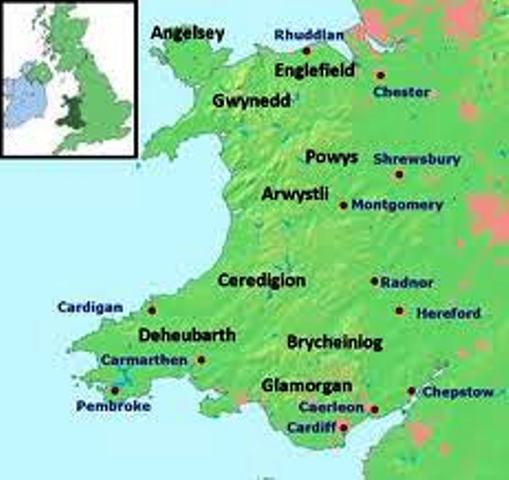
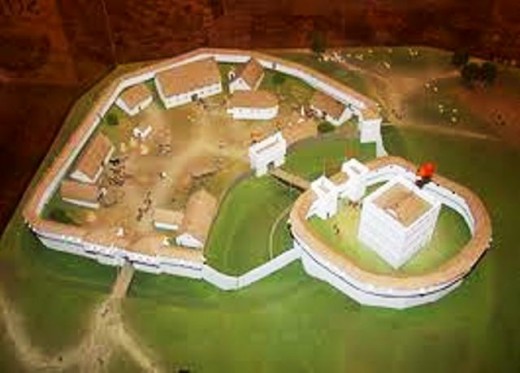
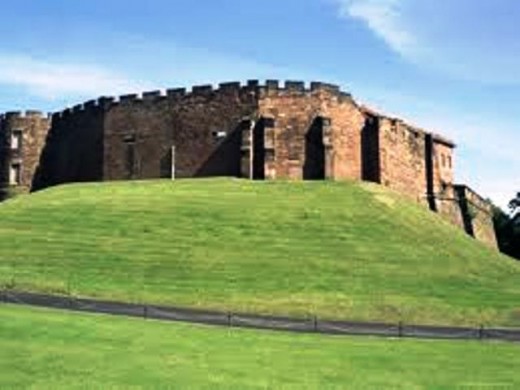
© 2012 Alan R Lancaster

